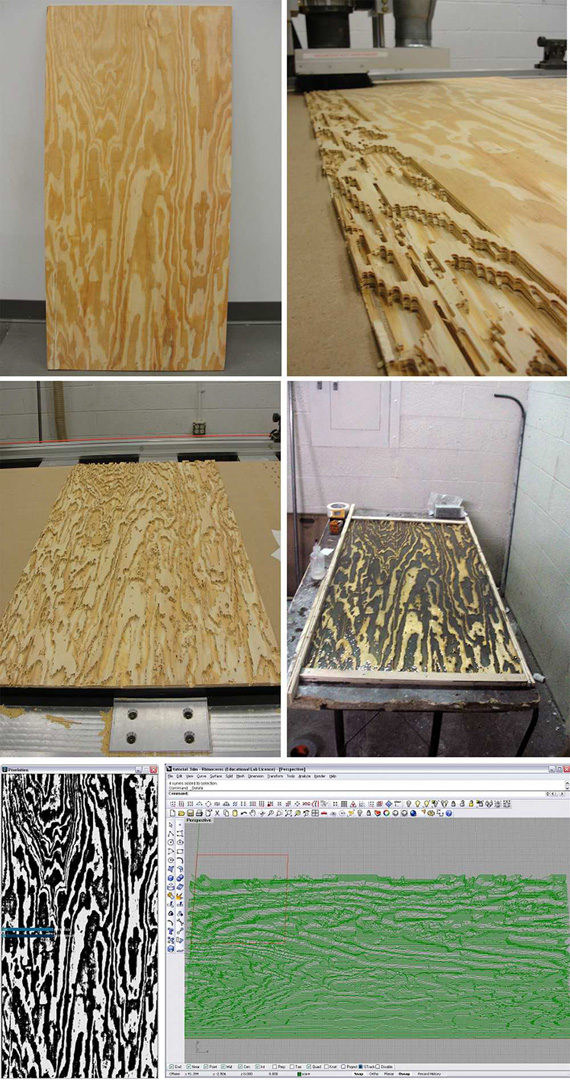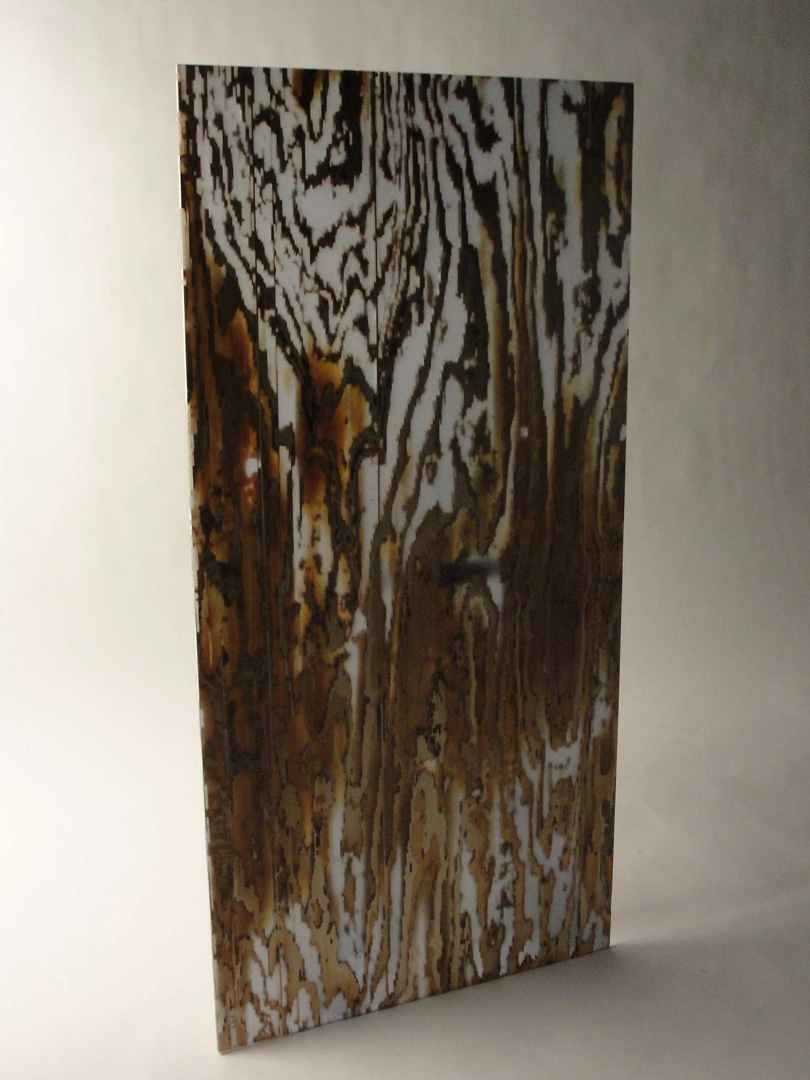“Bridging Synthetic and Organic Materiality: Graded Transitions in Material Connections” by Yoshida
Conference:
Experience Type(s):
Title:
- Bridging Synthetic and Organic Materiality: Graded Transitions in Material Connections
Organizer(s)/Presenter(s):
Description:
If mass produced parts and components are the atoms of Modern design, jointing techniques are the bonds between these atoms, the nucleus of today’s built world [1]. The recent movement from mass-production to mass-customization enabled by CAD/CAM has enabled new typologies in architecture and product design. These projects take advantage of computation and typically generate components by parametrically changing shapes; they go beyond modernism’s ‘arrays of standard components’, however parts and components are still assembled in 20th century’s styles [2]. Connections of parts and components manifest as seams, joints and corners, typically resulting in visually apparent seam conditions. This paper reveals the dominance of orthogonal seams in today’s living environments and product forms and proposes an alternative methodology: graded transition on material connections.






